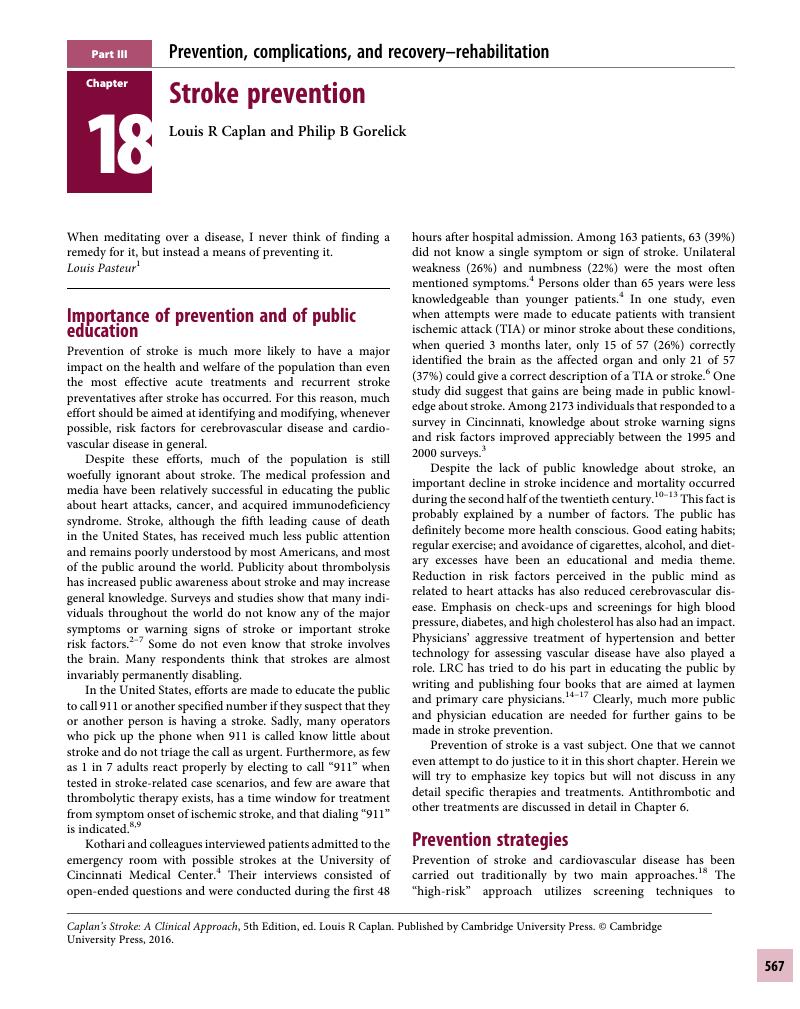Part III - Prevention, complications, and recovery–rehabilitation
Published online by Cambridge University Press: 05 August 2016
Summary

- Type
- Chapter
- Information
- Caplan's StrokeA Clinical Approach, pp. 567 - 626Publisher: Cambridge University PressPrint publication year: 2016



